Wise Watering
It has been unusually hot here in the Pacific Northwest and I have found myself watering sooner than usual. Even the most drought tolerant and well-established plants are thirsty. My home landscape is a combination of poor soil that I am slowly amending, some new plantings that need that oh so important first year of good watering and too many plants still in their pots. So I don’t feel like I am always dragging the hose around and since I’m not planning on putting in irrigation (as my ultimate plan is a mix of natives and drought tolerant plants that only need watered in the driest of months), I try to get the most out of watering. Below are useful tips I use myself and recommend for my clients. When and how you water are of most importance for the health of your plants and your investment in your landscape.
Timing Get the most by watering in the morning. I will water in the evenings when it is especially hot. Watering in early morning or early evenings will help prevent fungal diseases. Watering during the heat of the day can risk burning of leaves and water will be lost to evaporation. Watering at the base of the plant and not the leaves will also help with fungal disease and leaf burn.
How Often? Water 2-3 times a week during the drier months. Water more for new gardens and less for more established gardens. Do this when the days and nights get warmer. I have watered a few areas of my garden this year because 1) I have some new plantings and 2) these areas typically dry out or do not hold the water well. Each plant also has its own watering needs. If it likes wet feet you may need to water 2x a day in the heat
Water in Intervals. This means water for 10-20 minutes, wait 20 minutes and water again for 10-20 minutes. You could do this 3-4 times depending on your soil. This gives the water a chance to soak in between watering instead of running off. Set your irrigation system to water in cycles or like I do at home, pick three areas to water and rotate the sprinkler. Watering in intervals allows the water to soak in and helps the roots chase the water down deep which will in turn make for less watering. If you are just watering at the surface that is where the roots will stay and subsequently you will be watering more. Note: Setting up a drip irrigation system with a timer can save you time and money
Mulch, Mulch, Mulch. To help conserve water several inches of composted material like leaves, shredded bark or pine needles help reduce evaporation. Adding organic compost to soil can improve its watering holding capacity. The beds I have been adding leaf mulch and compost to over the last few years have needed the least amount of watering this year.
Drought tolerant does not mean it does not need water. The first season they need regular water as most plants do to establish good root systems. The second and subsequent season supplemental water is necessary during extended dry spells and the heat of the summer.
Containers need checked often. When it is particularly hot you may need to water in the morning and evening.
Hope your gardens are a success with these tips and here’s to looking forward to cooler days




